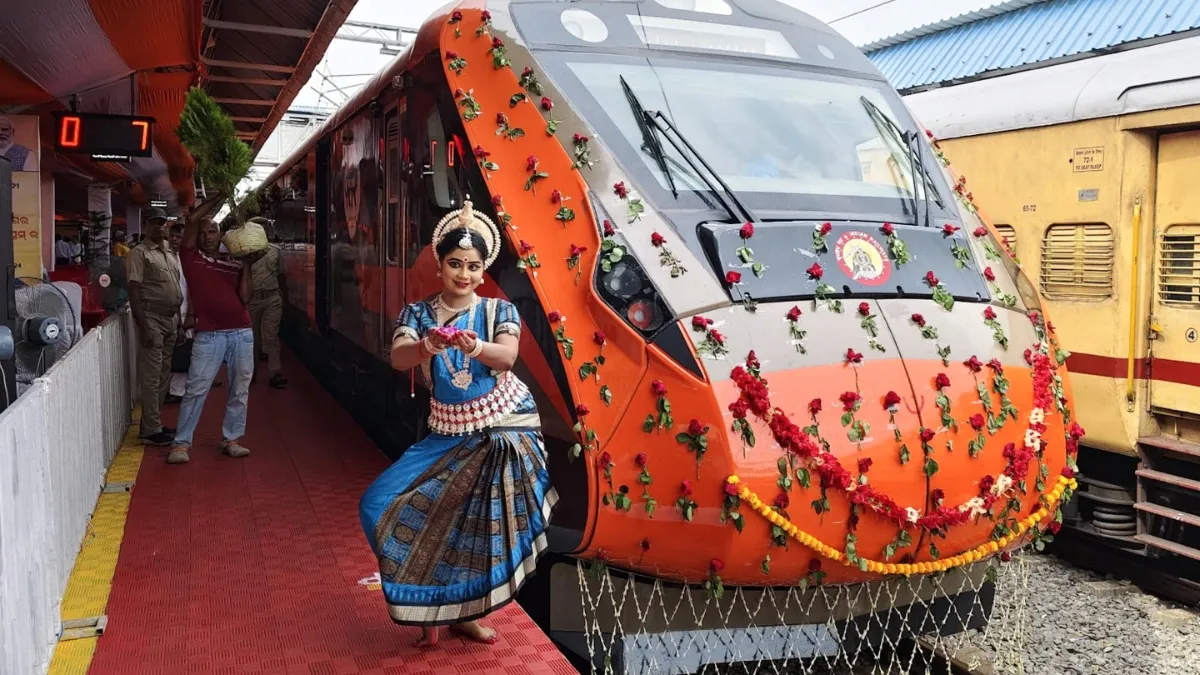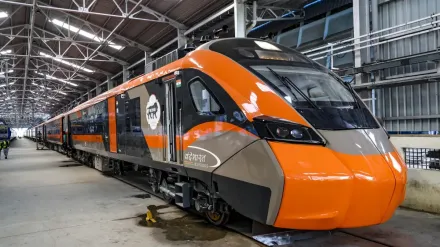In a landmark development poised to enhance regional mobility and economic integration, the Indian Railways has officially announced the upcoming launch of the Meerut–Varanasi Vande Bharat Express, the first-ever direct high-speed rail service linking these two populous cities. Set to commence operations on August 28, 2025, this initiative is part of India’s broader strategy to expand its semi-high-speed rail infrastructure across tier-2 and tier-3 cities.
The new Meerut–Varanasi corridor, which includes strategic stops at Ayodhya Dham, Lucknow, Bareilly, and Moradabad, will significantly reduce travel time, offering an approximate 12-hour journey across 782 kilometers. This cutting-edge rail service replaces the existing reliance on indirect bus and train networks, enhancing efficiency for pilgrims, students, professionals, and business travelers alike.
Train Schedule Highlights:
Departure (Meerut City): 6:35 AM
Major Stops: Moradabad, Bareilly, Lucknow, Ayodhya Dham
Arrival (Varanasi Cantt): 6:25 PM
Return journey from Varanasi to Meerut begins at 9:10 AM, facilitating a viable same-day round trip for travelers.
Modern Comfort and Facilities:
The seventh Vande Bharat train originating from Varanasi, this fully air-conditioned train is equipped with:
Ergonomic seating
Bio-vacuum toilets
Wi-Fi and infotainment system
CCTV surveillance
Automatic plug doors
Energy-efficient lighting

The fare details will be revealed closer to launch, but are expected to be highly competitive, with estimates benchmarked against the current Meerut–Delhi–Varanasi route pricing (Rs 1,809 for Chair Car, Rs 3,355 for Executive Class).
Strategic and Cultural Significance:
This new rail service not only enhances connectivity across Uttar Pradesh, but also strengthens access to key cultural and religious hubs including Ayodhya Dham and Varanasi, aligning with the government’s mission to boost spiritual tourism and regional economic upliftment.
Indian Railways’ Vande Bharat project represents a paradigm shift in Indian transit systems—focusing on speed, comfort, and sustainability, while reinforcing India’s ambition to become a global leader in next-generation railway infrastructure.


